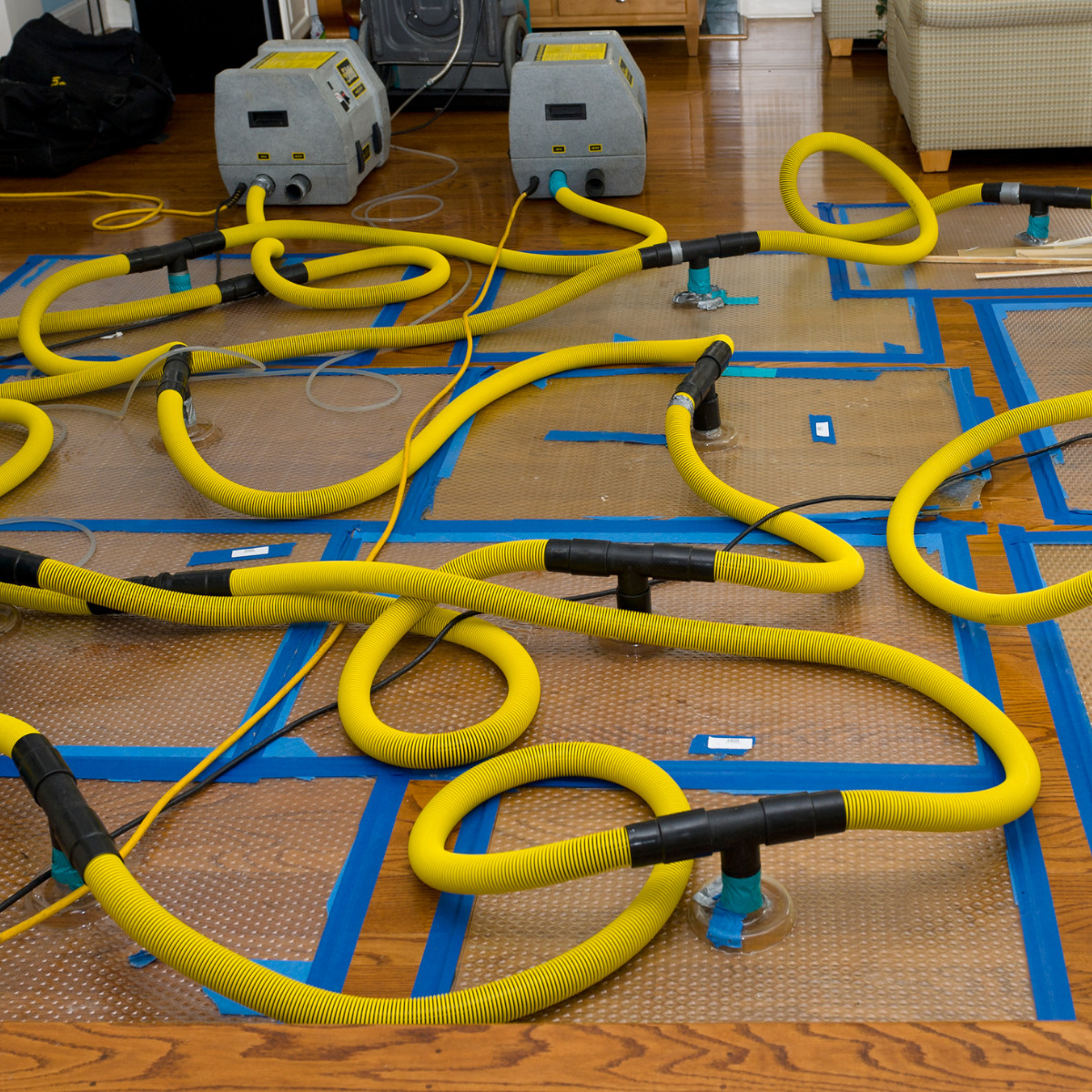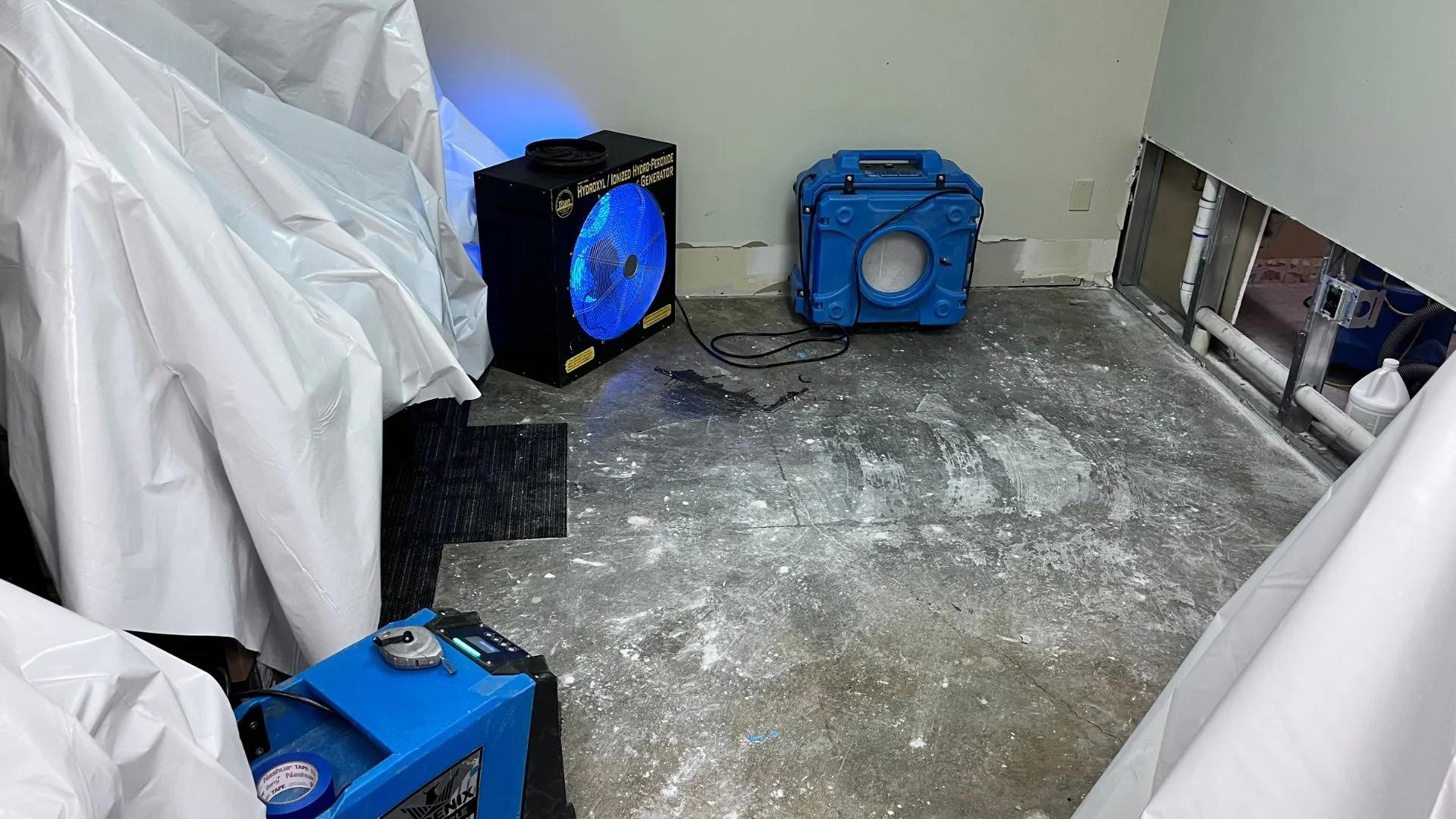5 Critical Signs You Need Water Damage Restoration St George UT Right Now
Necessary Steps to Follow for Reliable Water Damages Remediation in your house
When encountered with water damage in your house, understanding the important actions for efficient remediation can make all the distinction. You require to evaluate the damages and assurance safety prior to tackling the trouble. Stopping the source of water is necessary, however it's simply the start. Once you have actually handled that, there's a series of activities you have to take to protect your residential property from more problems. Let's discover what you should do following.
Examine the Damage
The initial action is to assess the damage thoroughly when you find water damage in your home. Begin by recognizing the source of the water invasion. Look for leaks, ruptured pipelines, or other issues triggering the trouble. Next off, examine the impacted locations for noticeable indicators of damage, including mold, warping, or discoloration growth. Do not forget to look in surprise areas like behind wall surfaces or under floor covering, as water can seep right into these areas unnoticed.Document the damages by taking clear images and notes. This will aid you when going over the situation with your insurance service provider or reconstruction experts. Take notice of the kind of materials affected, as different materials call for various repair strategies. Examine the degree of the damage. Is it extensive or minor? Recognizing the extent will certainly lead you in determining whether to manage it on your own or call in the experts for an extra comprehensive remediation process.

Make certain Security
Prior to you start any kind of restoration work, ensuring your safety and security is essential. First, examine the problem of your home. If the water's deep or if you discover electric dangers, do not enter the area. Shut off the power and gas supply to avoid mishaps. Put on protective gear like boots, masks, and handwear covers to shield on your own from impurities or mold.It's vital to stay familiar with your environments; look for sharp items and slippery surfaces. Treat it as unsafe waste if the water is from a sewer back-up. Keep kids and animals away from influenced locations to prevent exposure.Once you have actually taken these safety measures, you can wage the reconstruction procedure. Keep in mind, your security precedes, and if you're ever unsure, it's best to speak with an expert. Taking these steps will aid assure you're all set to take on the reconstruction safely and efficiently.
Stop the Source of Water
After ensuring your safety and security, the following step is to stop the resource of water. Recognize where the leakage is coming from. Maybe a burst pipeline, a defective home appliance, or also heavy rain getting in with a damaged roof covering. If it's a pipes issue, transform off the major water system to your home to prevent additional flooding. For devices, unplug them and close off their water supply valves.If the resource is outdoors, like rainwater, attempt to divert it away from your home utilizing sandbags or various other barriers. For small leaks, you may be able to make use of tape or a sealant momentarily until a specialist can fix it. Remember, resolving the source quickly is important to decreasing damage and preventing mold and mildew growth. As soon as you've quit the water, you'll be in a better placement to move on to the following steps in the repair process.

Remove Excess Water
Act rapidly to remove excess water, as standing water can result in a lot more substantial damage and mold development. Initially, collect your devices: a wet/dry vacuum, buckets, and towels. You can utilize towels to soak up the dampness if the water is superficial. For deeper water, a wet/dry vacuum is your best option. Make certain to empty the vacuum cleaner often to avoid overflow.If the water is polluted, like from a sewage backup, put on protective equipment, consisting of masks and handwear covers, to keep on your own secure. When you have actually removed as much water as feasible, check for concealed pockets of dampness in corners and under furnishings, as these can harbor mold.Don' t neglect to switch off electric home appliances and power electrical outlets in wet locations to stop risks. This initial action is essential in minimizing damage and establishing the stage for a successful remediation process.
Dry and Dehumidify the Area
It's vital to completely dry and dehumidify the location thoroughly as soon as you have actually eliminated the excess water. Beginning by utilizing dehumidifiers effectively to pull dampness out of the air and stop mold growth. Watch on moisture degrees to guarantee the space dries completely.
Eliminate Standing Water
To properly take on water damages, you require to concentrate on removing standing water as rapidly as possible. Start by gathering required devices, like a wet/dry vacuum cleaner or a pump, relying on the quantity of water. If the water is superficial, a vacuum cleaner should do the trick. For bigger quantities, a pump is more efficient. While working, ensure to wear protective gear to keep yourself safe from contaminants. As you remove the water, pay attention to hidden areas like under furnishings or in edges where water could accumulate. When you've eliminated the bulk, your room will certainly begin to dry out. This step is vital, as remaining water can cause mold and mildew development and a lot more extensive damage.
Use Dehumidifiers Successfully
Just how can you properly make use of dehumidifiers to completely dry and evaporate your area? Begin by positioning your dehumidifier Get the facts in the most affected location, ideally where water damages is most extreme. Make certain to shut all doors and home windows to produce a sealed setting. Switch on the dehumidifier and established it to the proper humidity degree, usually around 30-50%. Vacant the water collection tank regularly, or consider making use of a design with a continual drain alternative for comfort. When possible, utilize followers to improve air movement, assisting the dehumidifier job much more efficiently. Keep the dehumidifier running till you're positive that the location is thoroughly dried, avoiding mold and mildew growth and additional damages (Water Damage Repair). This step is essential for efficient water damages repair
Screen Humidity Levels
Tracking moisture levels is necessary during the drying procedure, as it helps ensure your room remains devoid of excess moisture. Purchase a trusted hygrometer to track humidity properly. Preferably, you intend to preserve degrees in between 30% and 50%. If moisture readings increase above this variety, you may require to readjust your dehumidifiers or fans to enhance air flow. Examine the readings consistently, especially in areas prone to dampness, like basements or restrooms. If you discover consistent high humidity, consider boosting air flow or utilizing extra dehumidifiers. Remaining on top of these degrees not only speeds up the drying procedure however likewise avoids mold development, guaranteeing your home remains risk-free and comfortable.
Tidy and Disinfect Affected Surfaces

Bring back and Fix Your Home
After cleansing and sanitizing the impacted locations, it's time to recover and fix your home. Begin by evaluating the damage. Look for structural concerns, like deteriorated floors or walls, and resolve any type of required fixings. Changing damaged drywall or flooring is crucial for both aesthetics and safety.If your furnishings or possessions were influenced, think about whether they can be salvaged or require replacement. Clean or professionally bring back items where possible.Next, paint walls and touch up any type of locations that need focus. This not only boosts appearance however also shields surfaces from future water damage.Don' t neglect to check your pipes and home appliances for leakages, making sure everything's working properly. Consider setting up a dehumidifier to prevent future wetness concerns. By taking these steps, you'll recover your home to its former glory and develop a safer living setting.
Frequently Asked Inquiries
How Much Time Does Water Damage Restoration Normally Take?
Water damage repair generally takes anywhere from a couple of days to several weeks, depending upon the extent of the damages (Water Damage Restoration St George UT). You'll intend to assess the scenario rapidly to reduce further complications and assure correct remediation
Will My Insurance Cover Water Damage Remediation Costs?
Your insurance may cover water damages remediation expenses, yet it depends on your policy. Examine your coverage details and call your insurance policy representative to clarify what's consisted of and what you require to sue.
Can I Manage Water Damage Restoration Myself?
You can handle water damages reconstruction on your own, but it's vital to analyze the scenario. If it's considerable, you could wish to call experts. Constantly focus on security and guarantee you have actually obtained the right tools.
What Are the Indicators of Hidden Water Damages?
You might notice signs of concealed water damages like distorted walls, musty smells, or discoloration. If your floorings feel spongy or you place mold, it's time to explore additionally before the circumstance intensifies.
Just How Can I Avoid Future Water Damages in My Home?
To prevent future water damages in your house, you ought to consistently examine pipes, seal cracks, preserve seamless gutters, and assurance correct drainage. Setting up a sump pump and dampness barriers can also assist keep your area completely dry. When you discover water damage in your home, the very first action is to assess the damage extensively. Act rapidly to get rid of excess water, as standing water can lead to much more considerable damage and mold development. To effectively tackle water damage, you need check that to concentrate on removing standing water as rapidly as feasible. As you get rid of the water, pay attention to hidden areas like under furniture or in corners where water could accumulate. Water damages restoration generally takes anywhere from a few days to numerous weeks, depending on the level of the damages.